Fleabane
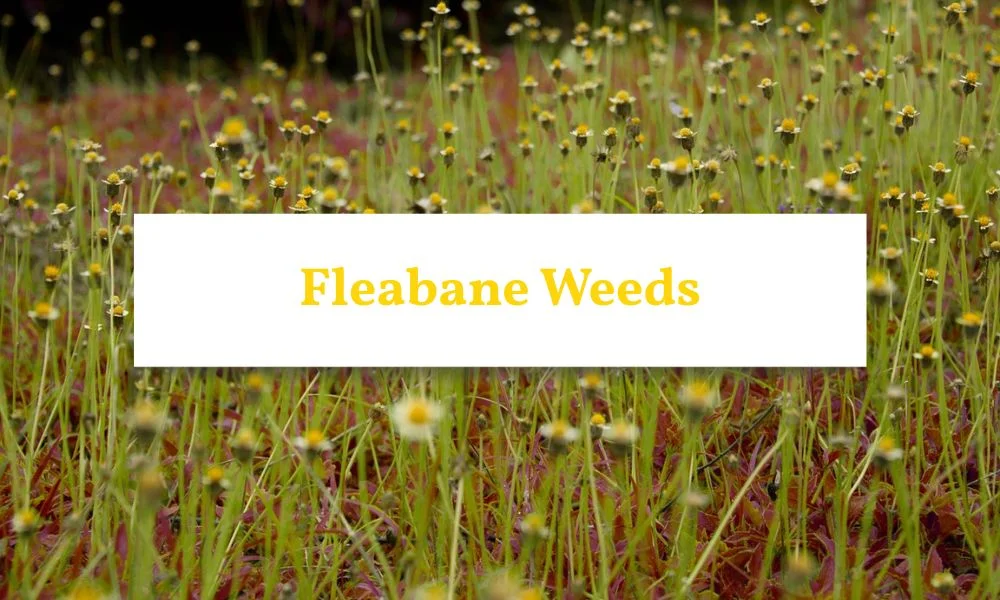
What Is Fleabane Weed?
Fleabane is an upright annual weed belonging to the Conyza genus, which is part of the daisy family (Asteraceae). It is commonly found in dryland cropping areas, roadsides, and disturbed soils across Australia. Fleabane is known for its rapid spread and ability to compete with crops for water, nutrients, and sunlight. The most common species include flaxleaf fleabane (Conyza bonariensis), tall fleabane (Conyza sumatrensis), and Canadian fleabane (Conyza canadensis)
Characteristics of Fleabane
-
Appearance: Grows as an erect plant with hairy stems and narrow leaves. The leaves have toothed margins and are grey-green or dark green depending on the species.
-
Height: Flaxleaf fleabane grows up to 1 metre tall, while tall fleabane can reach 2 metres.
-
Flowers: Small whitish or creamy flowers are produced year-round, forming fluffy seed heads similar to dandelions.
-
Seed Production: Each plant can produce over 100,000 seeds, which are dispersed by wind, water, animals, or machinery
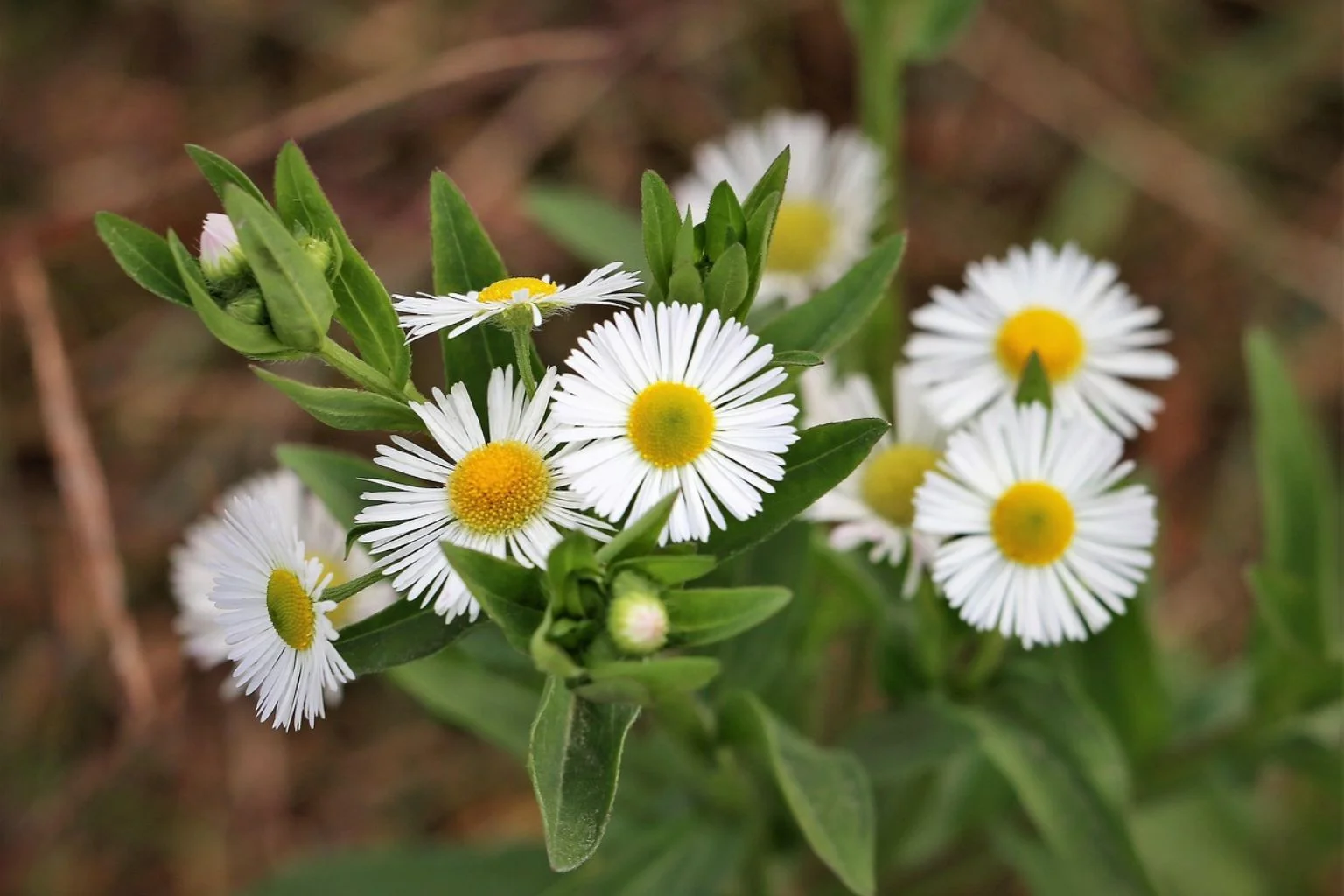
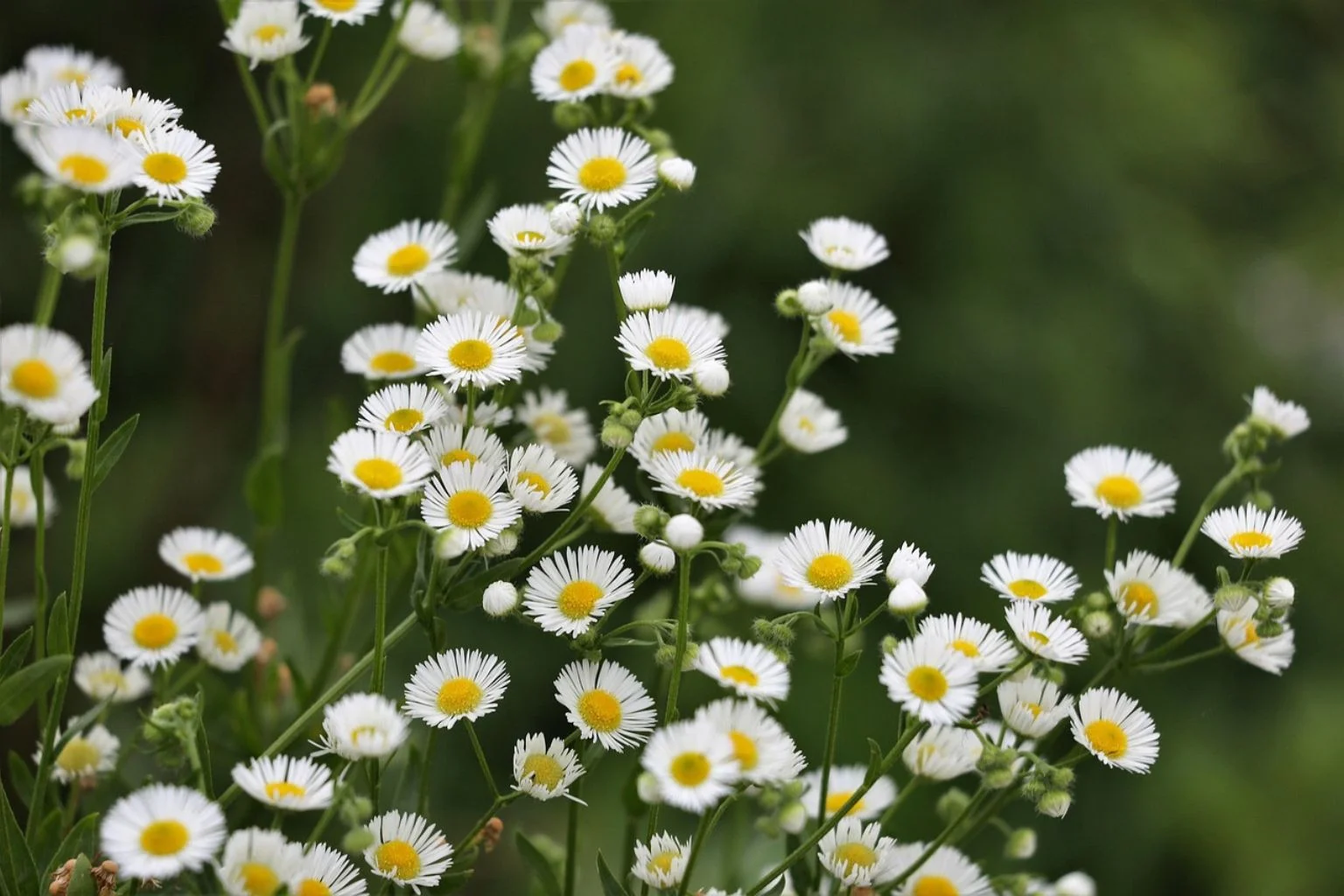
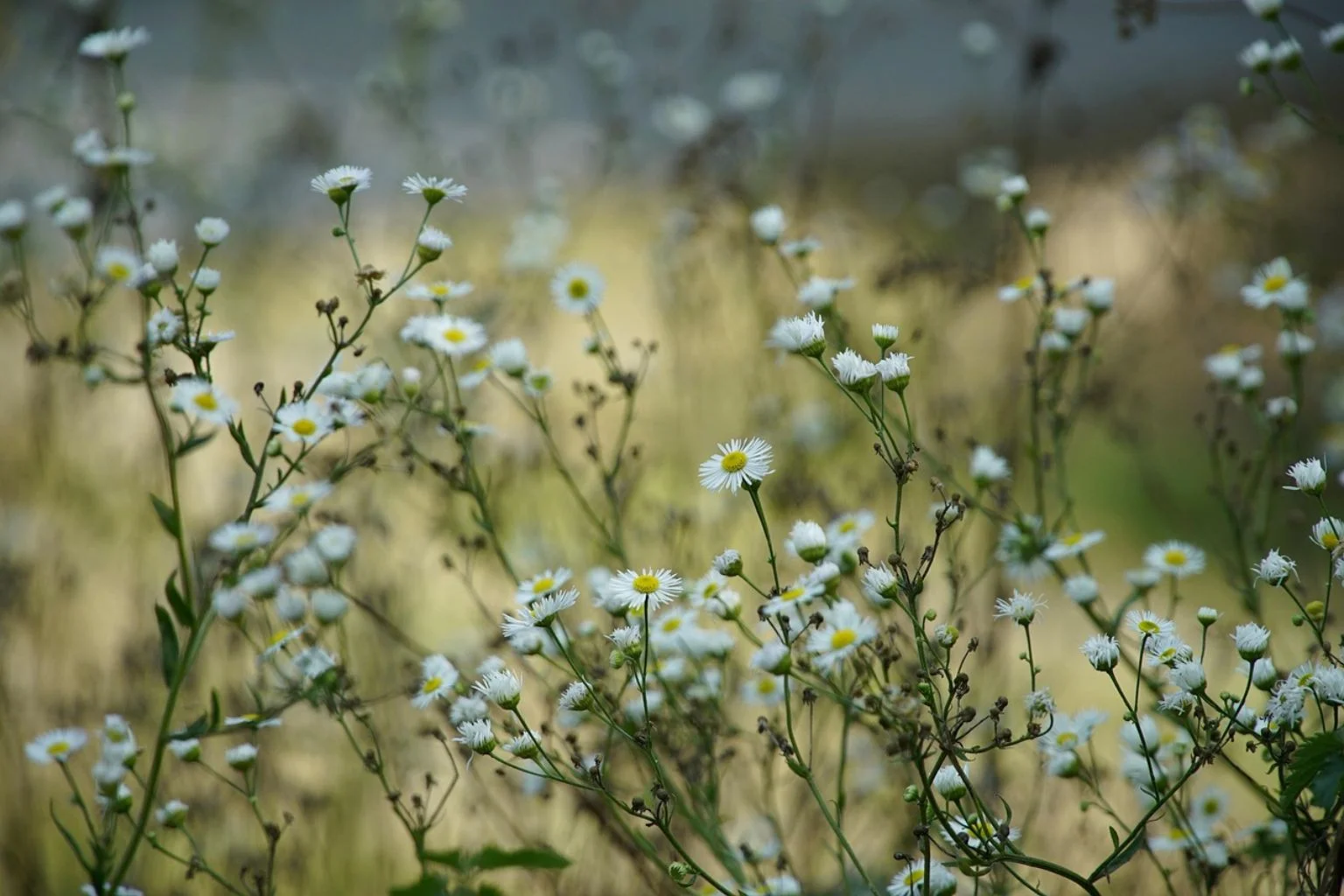
Why Is It A Problem?
Fleabane poses significant challenges because it competes aggressively with crops and native vegetation. Its ability to produce large quantities of seeds allows it to spread quickly over large areas. Additionally, many fleabane populations have developed resistance to glyphosate, making chemical control more difficult.
Environmental Impact
-
Soil Moisture Depletion: This weed control reduces soil moisture availability for crops during fallow periods.
-
Spread Potential: Its wind-dispersed seeds enable rapid invasion of new areas, disrupting ecosystems.
Agricultural Impact
-
Crop Competition: Fleabane competes with crops for essential resources like water and nutrients, leading to reduced yields.
-
Herbicide Resistance: Resistance to glyphosate and paraquat has been confirmed in some populations, increasing management costs
How to Identify Fleabane Weed
This weed is identified by its upright growth habit, hairy stems, and narrow leaves with toothed edges. Flaxleaf fleabane has grey-green leaves and candelabra-shaped flower clusters, while tall fleabane has darker green leaves and pyramid-shaped inflorescences. Canadian fleabane features light yellow-green leaves with scattered hairs
Effective Methods
Successful fleabane control methods require an integrated approach combining cultural practices, mechanical removal, and chemical treatments. Refer below for the ideal methods to get rid of Fleabane weeds.
Fleabane Control Methods
Cultural Practices
-
Crop Rotation: Rotating crops helps disrupt fleabane’s lifecycle and reduces its prevalence in fields.
-
Cover Crops: Planting cover crops can suppress weed growth by limiting light and space for germination.
Mechanical Control
-
Tillage: Shallow tillage can uproot seedlings or bury seeds deeper than their germination depth (below 2 cm), reducing infestations.
-
Hand-Pulling: For small infestations, hand-pulling is effective if the entire root system is removed.
Fleabane Chemical Control
-
Pre-Emergent Herbicides: Herbicides like atrazine or simazine prevent seeds from germinating when applied before emergence.
-
Post-Emergent Herbicides: Alternative herbicides such as paraquat or 2,4-D are used for glyphosate-resistant populations.
-
Herbicide Mixtures: Combining herbicides with different modes of action helps manage resistance effectively.
Preventative Measures
-
Prevent Seed Set: Removing flowering plants before they set seed prevents further spread.
-
Regular Monitoring: Frequent inspections help detect infestations early before they become widespread.





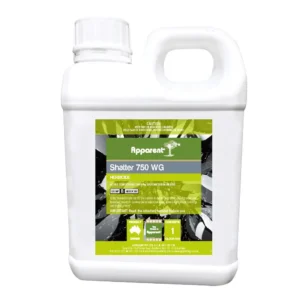
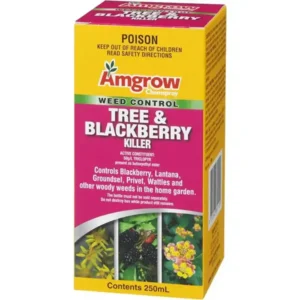
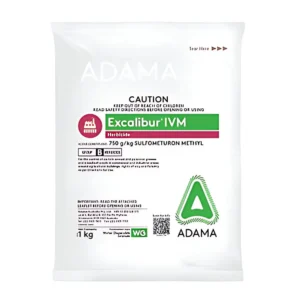
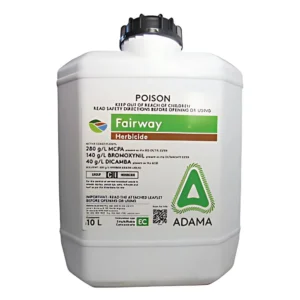
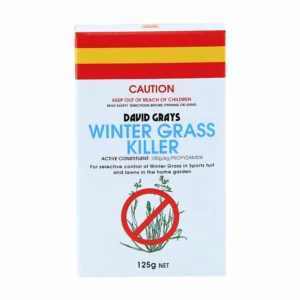
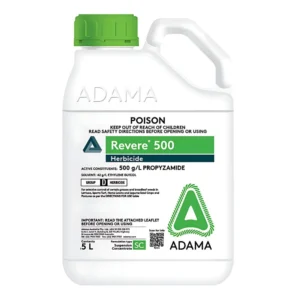
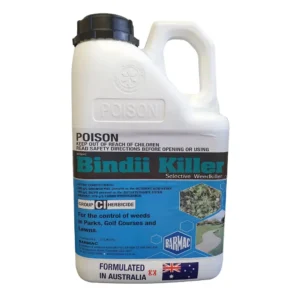
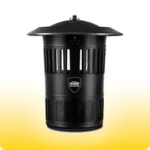 Mosquito Traps
Mosquito Traps